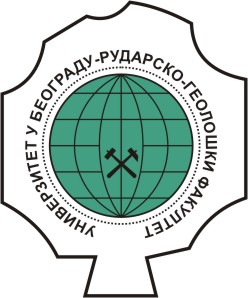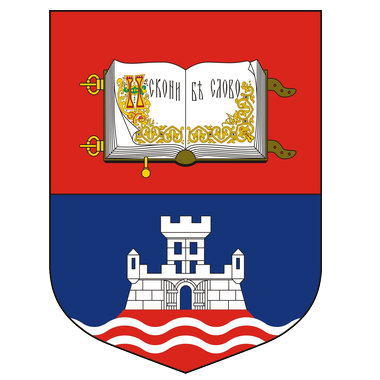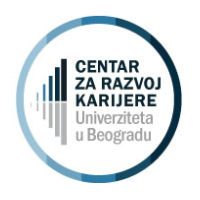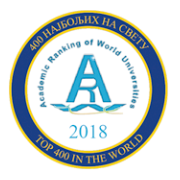Study program:
Environmental Engineering (IX semester -MsC)
Mine Surveying (IX semester -MsC)
Surface Mining of Mineral Deposits (IX semester -MsC)
Petroleum Engineering (IX semester -MsC) |
|
Name of subject: Dispersion Modeling of Environmental Pollution |
Instructors:
Prof. Aleksandar Cvjetić, Uroš Pantelić |
|
Status: Optional |
|
ECTS: 6 |
|
Prerequisites: - |
Course Objectives:
Gaining knowledge about the nature and purpose of environmental pollution modeling, types of ecological models, the definition of basic concepts, introduction to the basic steps in the design and development of the model, calibration, verification and validation of the model, sensitivity analysis, features, architecture and functioning of selected ecological models. |
Learning Outcomes:
The course provides students with an understanding of the physical principles of air dispersion modeling. During the course, students are expected to acquire sufficient knowledge of selecting and applying the most appropriate model for prediction of air pollution (SCREEN 3, AERMOD). The course provides students with basic knowledge of acoustics. As a result of the course, students will develop appropriate competence in selecting and applying the most appropriate standards and models for noise mapping and prediction (SoundPLAN). The course provides an introduction to the modeling of groundwater pollution. |
Content:
Theory teaching
Development, Evaluation and application of environmental models: Why are models important? The modeling life-cycle. Model development. Model evaluation. Model application. Noise mapping: Acquisition and processing of the input data. The selection of standards and noise mapping models (SoundPLAN). Noise maps development. Air dispersion modeling: Meteorology and atmosphere (Composition of the atmosphere, State of the atmosphere - the main meteorological parameters, Principles related to vertical motion, Atmospheric Stability), Plume rise, Air dispersion models (Theory of atmospheric dispersion, Gaussian dispersion, Estimation of Dispersion Coefficients, Estimation of Maximum Ground Level Concentrations), Application of the dispersion models (The most commonly used models - SCREEN3 and AERMOD, The input data for the model, Geographic input data, Meteorological data, Receptor locations), Modeling of groundwater quality. Practical teaching
The application of the Sound Plan for noise mapping. The application of the SCREEN and AERMOD for air dispersion modeling . |
Suggested Reading List:
- US EPA (2009) Guidance on the Development, Evaluation, and Application of Environmental Models.
- Tiwary A., Colls J. (2010) Air Pollution, Measurement, modelling and mitigation, Routledge, London and New York, ISBN 0-203-87196-0
- Turner B., Schulze R. (2008) Practical Guide to Atmospheric Dispersion Modeling.
- US EPA, AERMOD: Description of model formulation, EPA-454/R-03-004, 2004.
- Lilić N., Cvjetić A. (2005) Buka i vibracije u rudarstvu, Rudarsko-geološki fakultet, Beograd, ISBN 86-7352-105-X.
|
Conduct of the Course:
Lectures; Auditory exercises; Computer exercises; Consultations |
Fund hours:
| Lectures |
Exercises |
Other forms of teaching |
Study research |
| 2 |
2 |
0 |
0 |
|
Assessment:
| Final Exam |
ECTS |
| Oral Exam | 40 |
| Classwork Assessment |
ECTS |
| Class Participationа | 10 | | Practical Classes | 10 | | Written tests | 20 | | Seminars | 20 |
|
|
Additional Assessment Criteria: - |
|
|






